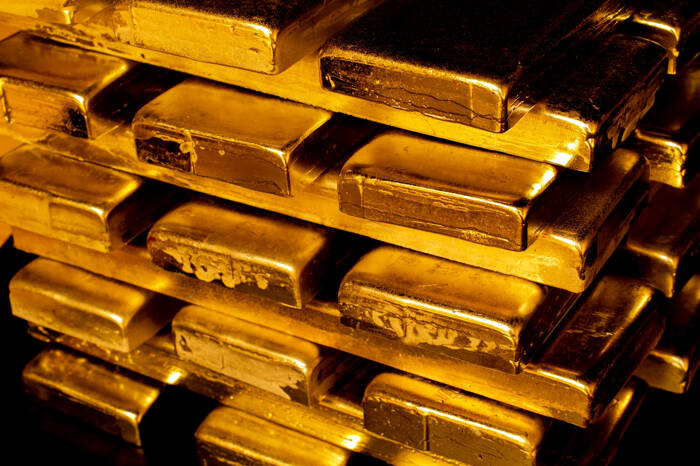About Gold’s Performance
Gold has historically been seen as a safe-haven asset, often gaining value during times of economic uncertainty. As investors seek to protect their assets, they turn to gold as a store of value, driving up its price. The current economic climate, including trade tensions and geopolitical turmoil, has contributed to the metal’s strong performance this year.
Influence of Central Bank Actions
The decision-making of central banks, particularly the US Federal Reserve, plays a significant role in gold price movements. When interest rates are lowered, the opportunity cost of holding non-interest-bearing assets like gold decreases, making the precious metal more attractive to investors. Anticipation of rate cuts by the Federal Reserve has fueled optimism among gold investors, leading to the price surge.
Global Factors Impacting Gold
In addition to monetary policy decisions, various global factors can affect the price of gold. These include inflation rates, currency fluctuations, and political instability. Keeping an eye on these factors can help investors anticipate price movements and make informed decisions.
Future Outlook for Gold
While the current rally in gold prices has been driven by expectations of rate cuts, it is essential for investors to consider the broader economic landscape. Monitoring geopolitical developments, economic indicators, and market trends can provide valuable insights into the future performance of gold. As a long-term investment, gold can serve as a hedge against market volatility and economic uncertainty.









